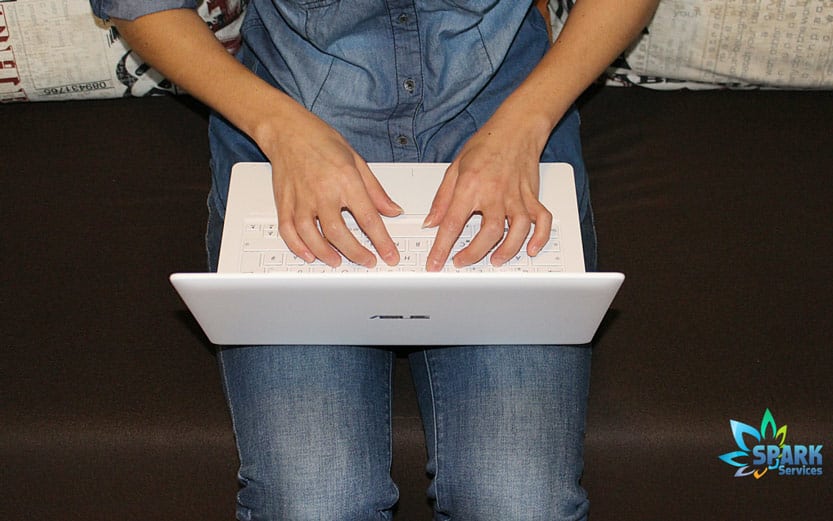If you frequently work on a laptop, you would have probably noticed that your laptop has slowed down over time. It would have also started feeling very warm near the battery area. This is because of laptop overheating.
If you see frequent blue screens or rebooting, you should be aware that your laptop needs to cool down. Laptop overheating is one of the major causes of the device to misbehave or breakdown. Laptops these days have become compact, slimmer and hence the components are closely fitted into smaller chassis. This leads to little air flow due to tight space. If you do not maintain your laptop often and ignore the cleaning process, the chances are that you will face laptop overheating issues more frequently than ever.
Here are a few ways with which you can prevent laptop overheating at an individual level. However, if there are serious issues, get your device repaired from the best computer repair services in Muskogee.
1. Always use your laptop on flat surfaces.
In most laptops, the air vents are placed on the sides. If you place your laptop on uneven surfaces like a pillow, bed or your lap for longer times, you will block air flow, which will lead to laptop overheating. Thus it is important to place your device on a flat surface and make sure none of the vents are blocked. You can also purchase a laptop stand to elevate the device.
2. Invest in a laptop cooling pad.
If you have facilities like an air-conditioned room, prefer using your laptop in that room. Otherwise, switch on a ceiling fan or a table fan, while cooling your laptop on a cooling pad. These pads have inbuilt fans that cool the device from the bottom. It will reduce the temperature of your laptop’s components.
3. Clean the vents regularly.
If you have been using your laptop for a while, be aware of the fact that there will be much dust around the vents. This will reduce cooling and lead to laptop overheating. Apart from using a laptop cooler, make sure to clean the dust via an air blower, carefully.
4. Monitor your laptop’s temperature.
Several times, you tend to avoid taking into consideration the temperature of your laptop. There are many monitoring programs like Real Temp, HWMoniter, Core Temp, etc., which are free of cost. Install these to track your device’s temperature.
5. Other performance tweaks to reduce temperatures.
Apart from the above tricks, a few ways will also help cool down your laptop. One such ways is to reduce the performance of your processor. When you browse, chat, listen to music, the processor can be run at a slower pace. Just switch on the power saving mode in the control panel, and you are good to go!
However, if you still face any laptop overheating issues after using the above tips, make sure to speak to your local computer repair experts. They’ll make sure everyone is kept under control!




